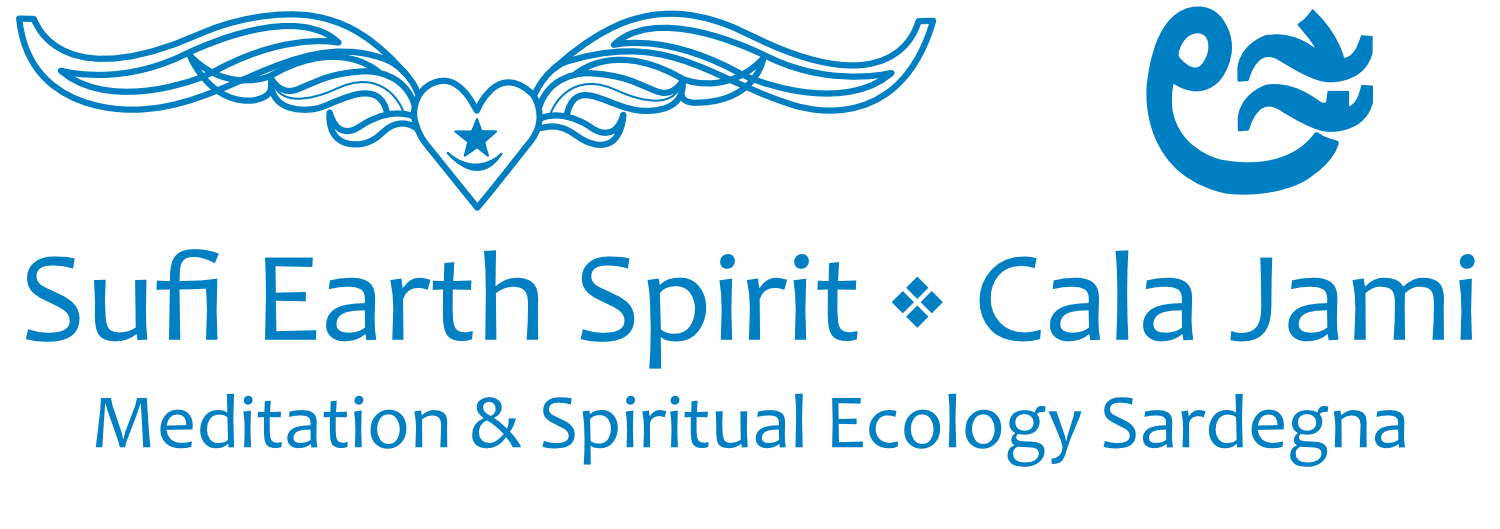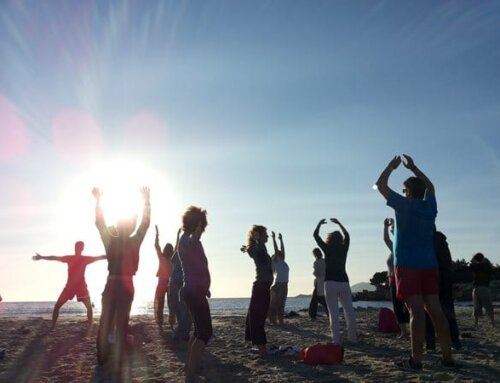Owning our Waste Woes & Shadows
by Lisa Pellegrino
“Entropy, it’s the law of the Universe.” says Roshan, as I clean the kitchen. I suppose it is the natural tendency of our world to expand into disorder. Anyone with children knows this quite well. I had been at Cala Jami, Sufi Earth Spirit for almost 2 weeks now. This was my first visit to Sardegna, and I was enjoying taking in the way of life and new perspectives from this island community.
After an interesting exchange with Roshan about Cala Jami’s compost system, we decided to have a discussion one night about garbage and all the other things we discard. We discussed how nature has no landfills, and how every organism’s waste is another’s food. Why are we so different? Why are we so disconnected from the natural rhythms and cycles of life? While it would be really convenient if there was a magic black hole we had to throw things in, the reality is, there is no real “away”. Especially if you’re not wealthy enough to live some distance from a landfill or incinerator.
We explored the validity of individual choices vs. systems change. This is a conversation that is becoming increasingly common. It is misleading in the false dichotomy that it presents, as if it’s only one way or the other. With the critical and fragile state of the Earth’s ecosystems, this is an all hands on deck moment. If you can focus on both, great. If not, then just work on greening your footprint in your corner of the world. It’s all important work and is needed.
One of my favorite parts of the conversation was when we briefly explored how to go from being not just a ‘consumer’, but to being a ‘producer’. One of the retreat participants named Sandra shared how she avoids a lot of packaging by making her own soaps, deodorants, and cleaning supplies.
We also talked about how many of the leverage points lie upstream, and that we need to be advocating to our supermarkets and manufacturers to stop making and selling us trash in the first place! Solutions abound, like the “Cradle 2 Cradle” design model developed by Michael Braungart and Bill McDonough. This is an excellent roadmap for sustainability and beyond; the blueprints for a world where humans have a more regenerative relationship with our fellow co-habitants.
I’ve been frustrated, fascinated, and studying trash for over 12 years now. I went to sustainable buiness school to see how I might be able to make the “business case” for waste elimination. And while the numbers can work within certain industries and at certain scales, both Roshan and I are deeply interested in the concept of psychological and emotional discards. What I call the ‘garbage shadow connection’.
As I like to say, there’s no such thing as trash, just misplaced resources. Since there is no real ‘away’, what then is buried in the landfill of our hearts and psyches? If we were to use the lens of biomimicry for personal and spiritual development here, I have several questions for furthering this exploration:
- Are there parts of ourselves that we’ve tried to throw away that may contain useful keys to our development & expansion?
- How might we be able to compost the discarded parts of ourselves into fertilizer for the Soul?
- How might we support each other in the reclamation of these wounds so that they no longer are the subconscious and shadowy drivers of our behavior?
I recently met a wise, 91 yr. old woman named Ruth who was a therapist and had taught social work for much of her life. She said something very profound that has stayed with me. She said “We cannot integrate, what we don’t know.” Carl Jung also spoke of integration in reference to the balance between the ego and the shadow. He believed that the goal should not be elimination of one or the other, but of integrating them. This is the “mandorla”. It is the same shape as an almond, which is the Italian translation for mandorla. This is the sacred shape made when two seemingly divergent spheres meet and come together.
Greener, regenerative living is a journey, not a destination. And so might be this process of finding the gold in our shadows. Though in the end entropy’s force might be greater, the breath of life requires inhales, not just exhales. We are part of a living, breathing, Universe. A Universe that is dancing between a wild whirling spiral, and a calm coming together. This winding inquiry might end up only leading to more questions, but I think these are questions worth asking.










